Seoul architecture and urbanism biennale calls out for collective city-making
Set across five locations in Seoul, Collective City is a platform for discussion about how architecture, city and governance can work together to create more humane cities. Projects by the likes of Atelier Bow-wow, amid.cero9 and Forensic Architecture take a pro-active and research-led approach to new urban solutions.
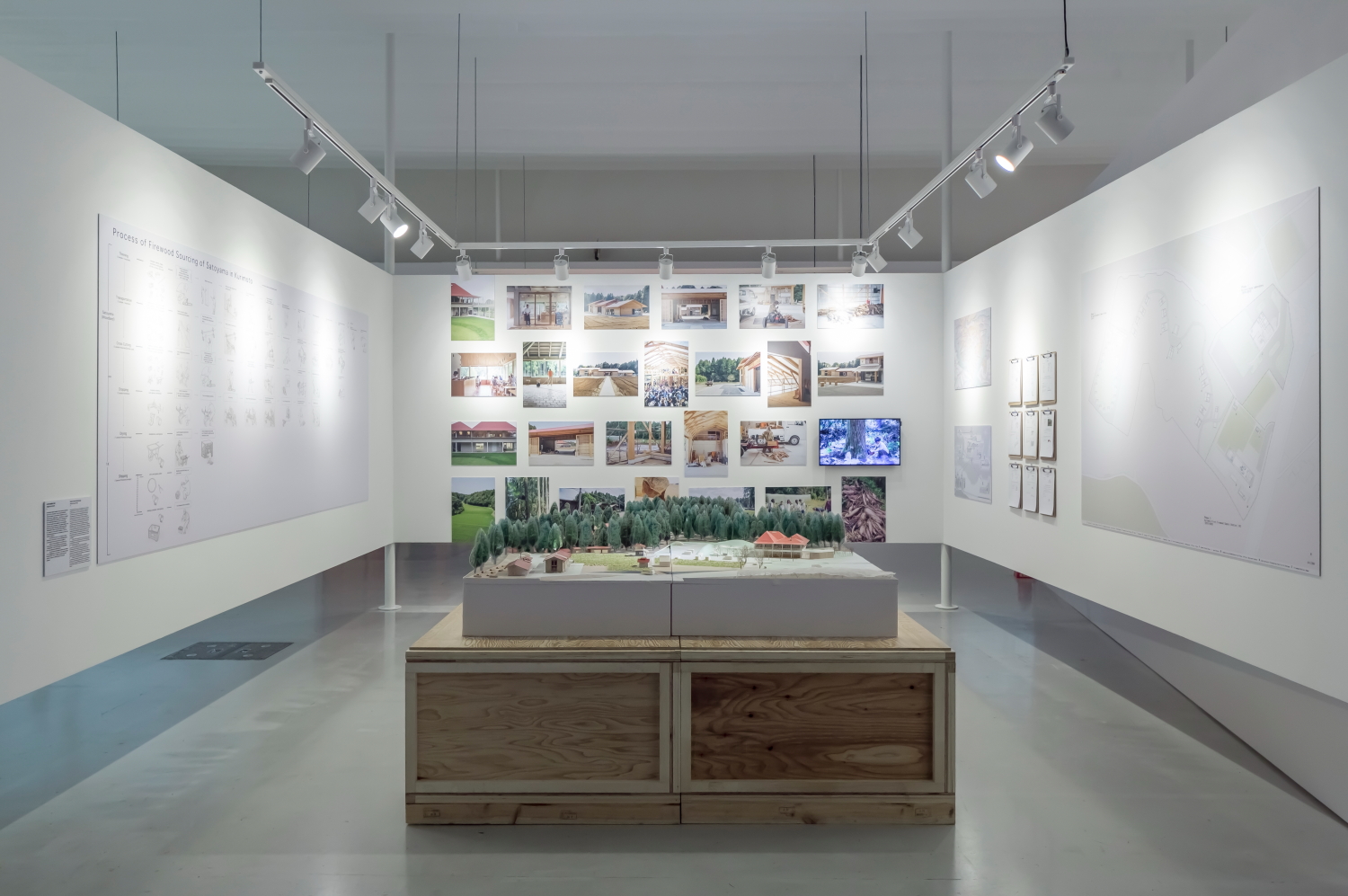
In the past, cities were formed as a result of collective effort – for the people, by the people. Yet as humanity has evolved, modern-day cities have degenerated into an outcome of capitalism and commercialism, marred by political and economic ambitions. Seoul is a city where such influences are evident, which is why it serves as the perfect venue to host the Seoul Biennale of Architecture and Urbanism.
The city’s relentless urbanisation takes root in its history. After the Korean War (1950-1953), it undertook painstaking efforts to catch up with the rest of the world. Stripped of aesthetics, ergonomics and a sense of community, high-rise apartments and buildings were rampantly built across the city. When the travel ban was lifted in the late 1980s, well-travelled Koreans added foreign taste to the urban dynamics. As the city modernised, commercial and political interests demolished historical remains and residential areas.
The 2019 edition of biennial, themed ‘Collective City’ aims to address such issues related to the formation of the cities across the globe, and create an open platform for discussion exploring the relationship between architecture, city and governance and what it means to create a ‘collective city.’ Weight is more on urbanism than architecture.
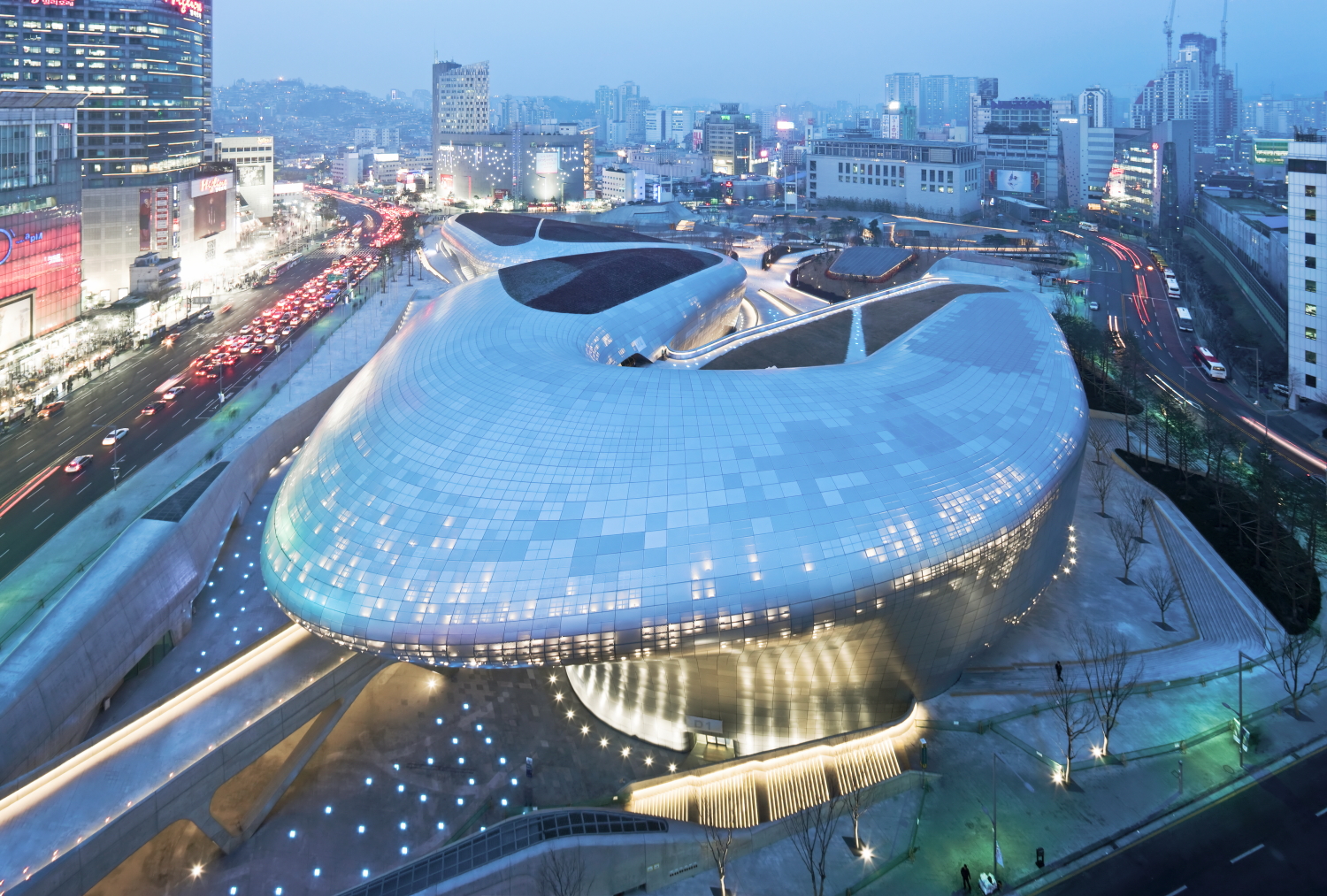
Aerial view of the Dongdaemun Design Plaza (DDP). Photography: Sergio Pirrone
‘It’s about the logic that makes the city more humane,’ said Francisco Sanin, Colombian architect and educator who co-directed the event with Jaeyong Lim, principal architect at OCA. ‘The aim of this biennale is to position Seoul in the world arena to engage in debate, exchange experiences and conversations on what's going on in other parts of the world. We wanted to create an equal footing for the global south.’ In such effort, they invited cities from Africa, South America and South Asia to share their perspectives.
Exhibitions are scattered across five different locations in the city – Seoul Hall of Urbanism and Architecture, Dongdaemun Design Plaza (DDP), Donuimun Museum Village, Sewoon Plaza, and Seoul Museum of History – purposely curated to make visitors explore the city.
The Seoul Hall of Urbanism and Architecture is an introductory building of the event showcasing a few Seoul-related projects and a few from the Cities exhibition. The Thematic exhibition at the DDP features 48 projects and six documentaries that challenge the current paradigms of city. Introducing the exhibition is the Baeksa Village Residential Area Preservation Project, a collaborative effort for a village design from 10 Seoul-based architects working with local communities.
RELATED STORY
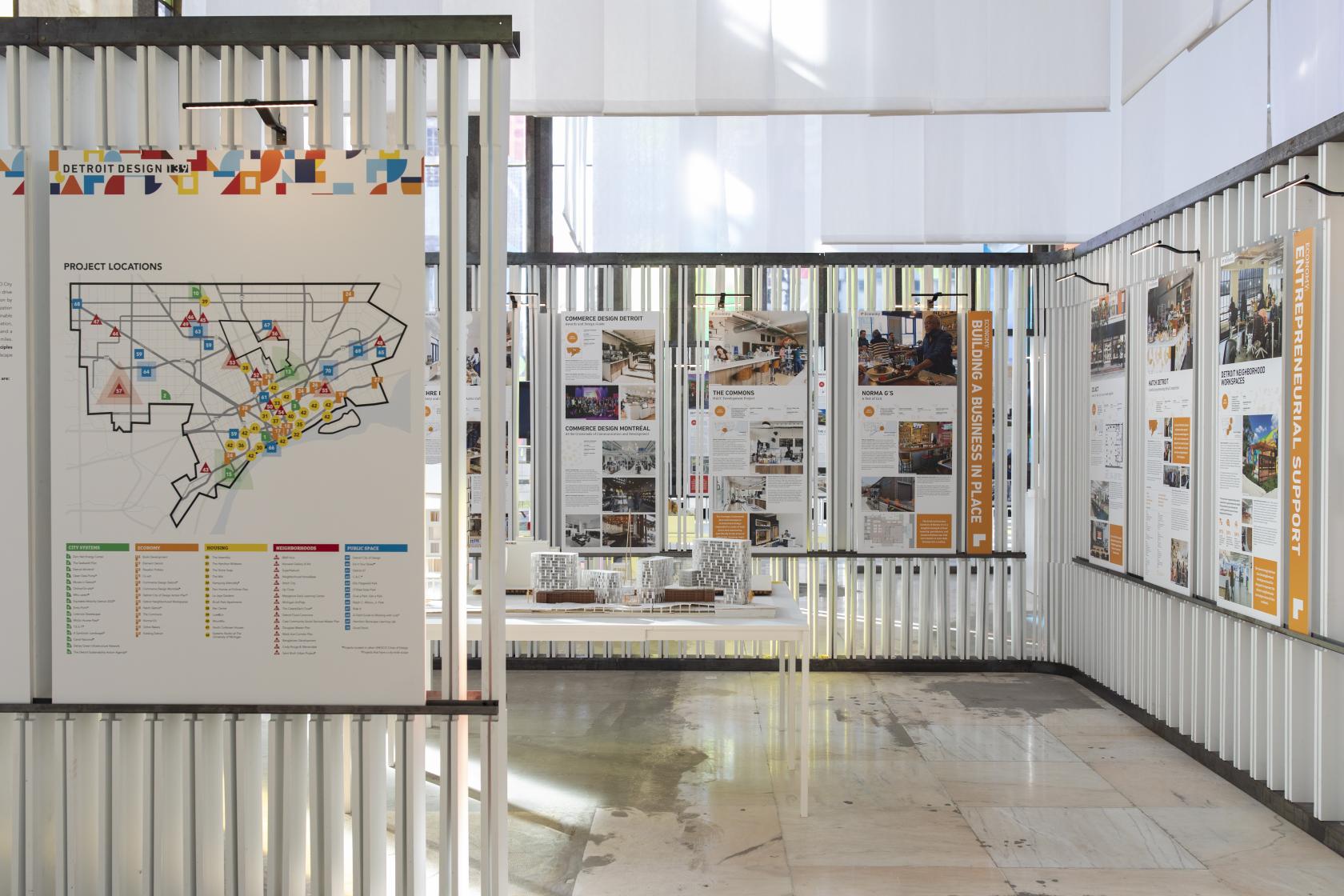
‘It's a call for cities to think about the people that will live in them rather than the top-down modernist designing of the city as an aesthetic,’ said Beth Hughes, curator of the thematic exhibition, who heads the architecture programme at Royal College of Art. This section features Atelier Bow-Wow’s Urban Rural Exchange project, which seeks to involve city-dwellers in farming; a wall of black and white cartoons exploring an alternative future for LA by City Form Lab and Harvard GSD; and a deep dive into ‘Jimjilbangs’, a traditional form of communal living, that explores non-conventional domesticity by amid.cero9.
The Donuimun Museum Village, a traditional residential area-turned museum town, is dedicated entirely to the Cities Exhibition, showcasing works of 80 participating cities addressing their cities’ most pressing issues. Case studies include five Korean examples of Cheong-ju, Cheon-an, Tong-yeong and Ulsan.
Outdoor installations draw attention such as audio installation City of Sound: City of Dust by Nick Sowers who documented the sounds of the temporary Black Rock City constructed for Burning Man in Nevada. Stereo speakers are diffused through acrylic panels surrounding an aerial image of the city. The speakers emit sounds of the city generated by the people, transportation and equipment.
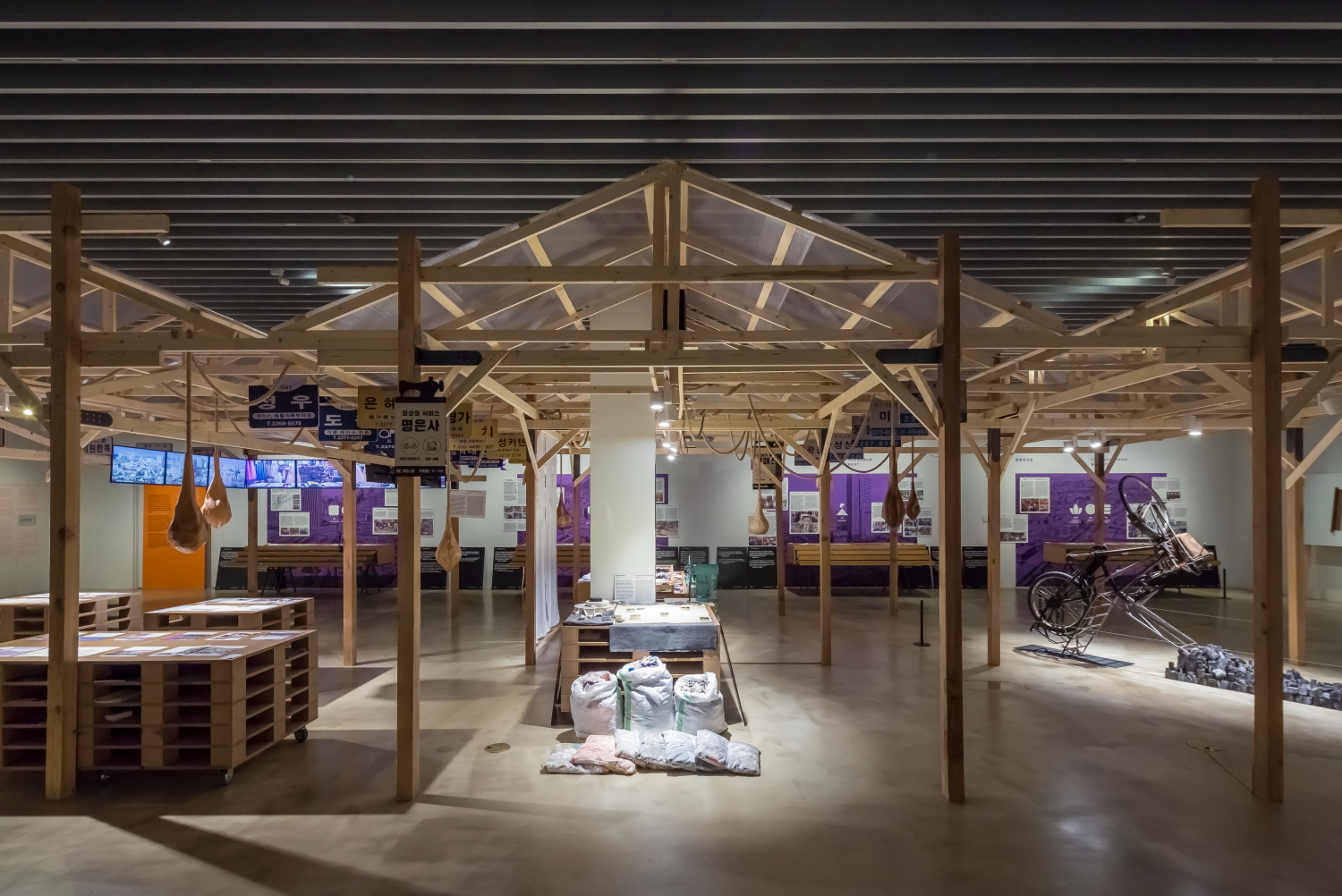
Installation view of the Live Projects exhibition exploring markets as a collective formation at the Seoul Museum of History. Photography: Sergio Pirrone
The Global Studio in Sewoon Plaza exhibits research projects by 40 schools on how architecture becomes a tool to convey actions of the collective to change the city. Last but not least, the Seoul Museum of History explores how markets, formed like a collective city, are evolving and how they should be utilized.
The inaugural biennale, launched in 2017, dealt urbanism with a focus on ecological issues such as environment, resources and food. The 2019 edition continues the thread as a centre of discourse on urbanism and architecture – this time with weight on socio-urban dynamics and public engagement for devising collective strategies.
‘Rather than being a one-time event, it is meant to be a prototype for government, professionals, and citizens to act together to make the city better,’ said co-director Lim. The biennial runs until Nov 10, 2019.
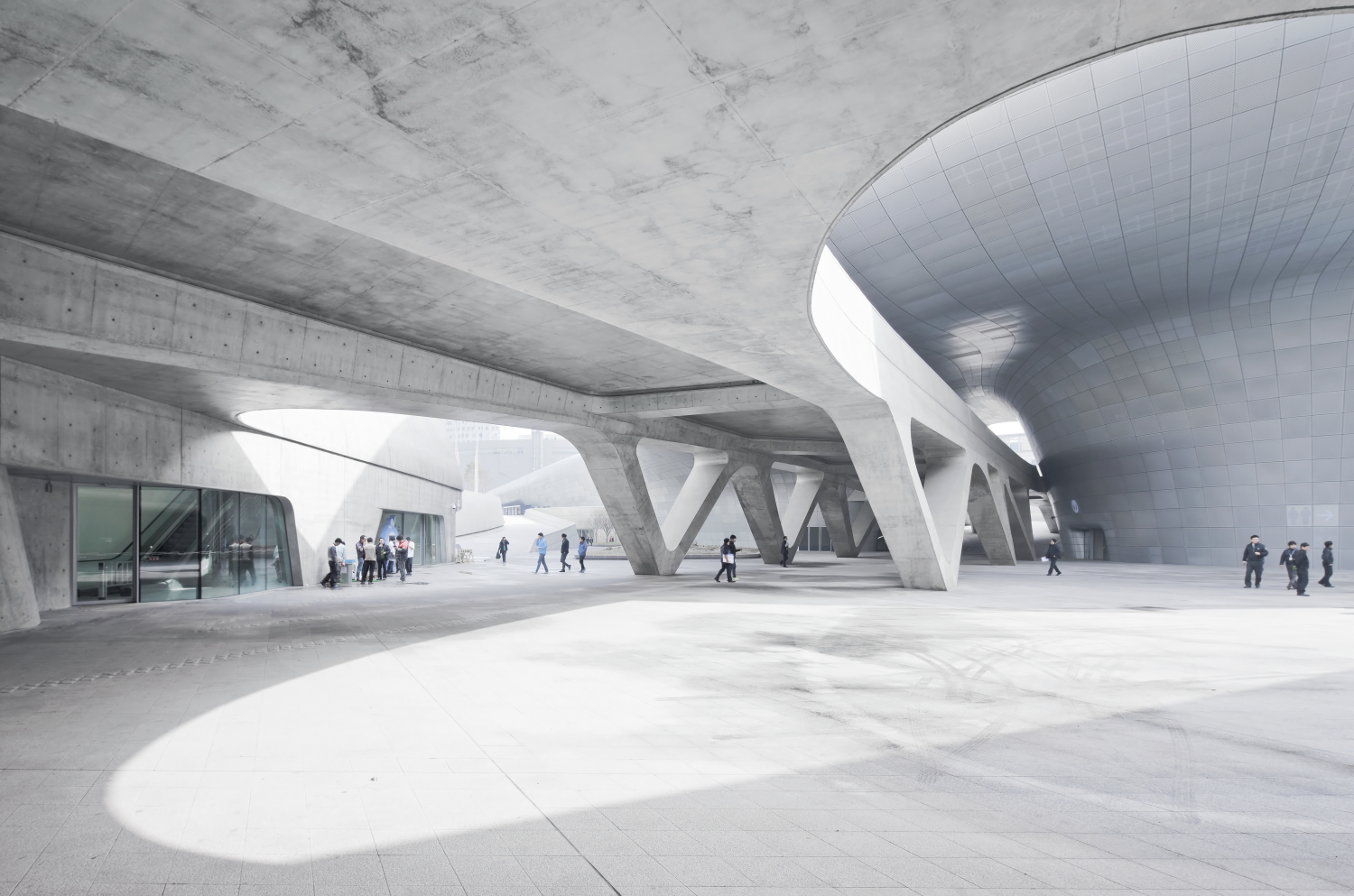
Open space inside the Zaha Hadid-designed DDP – the location of the Thematic exhibition of the biennale. Photography: Sergio Pirrone
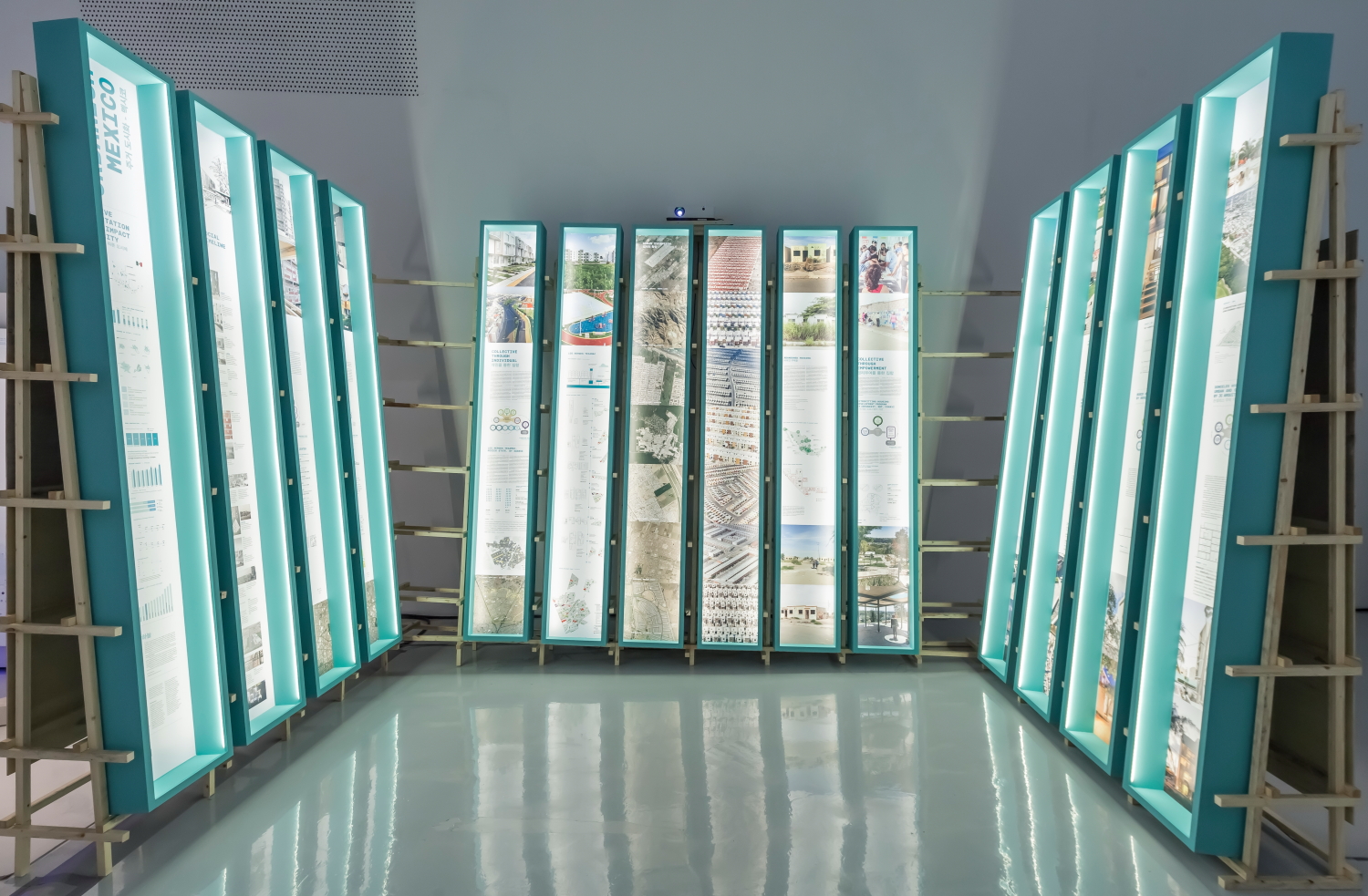
‘Housing Urbanism Mexico’ by El Cielo, part of the Thematic Exhibition, explores the relationships between public housing policy, finance, political agenda, social engagement and architecture as they determine the future of Mexico’s urban environment. Photography: Sergio Pirrone
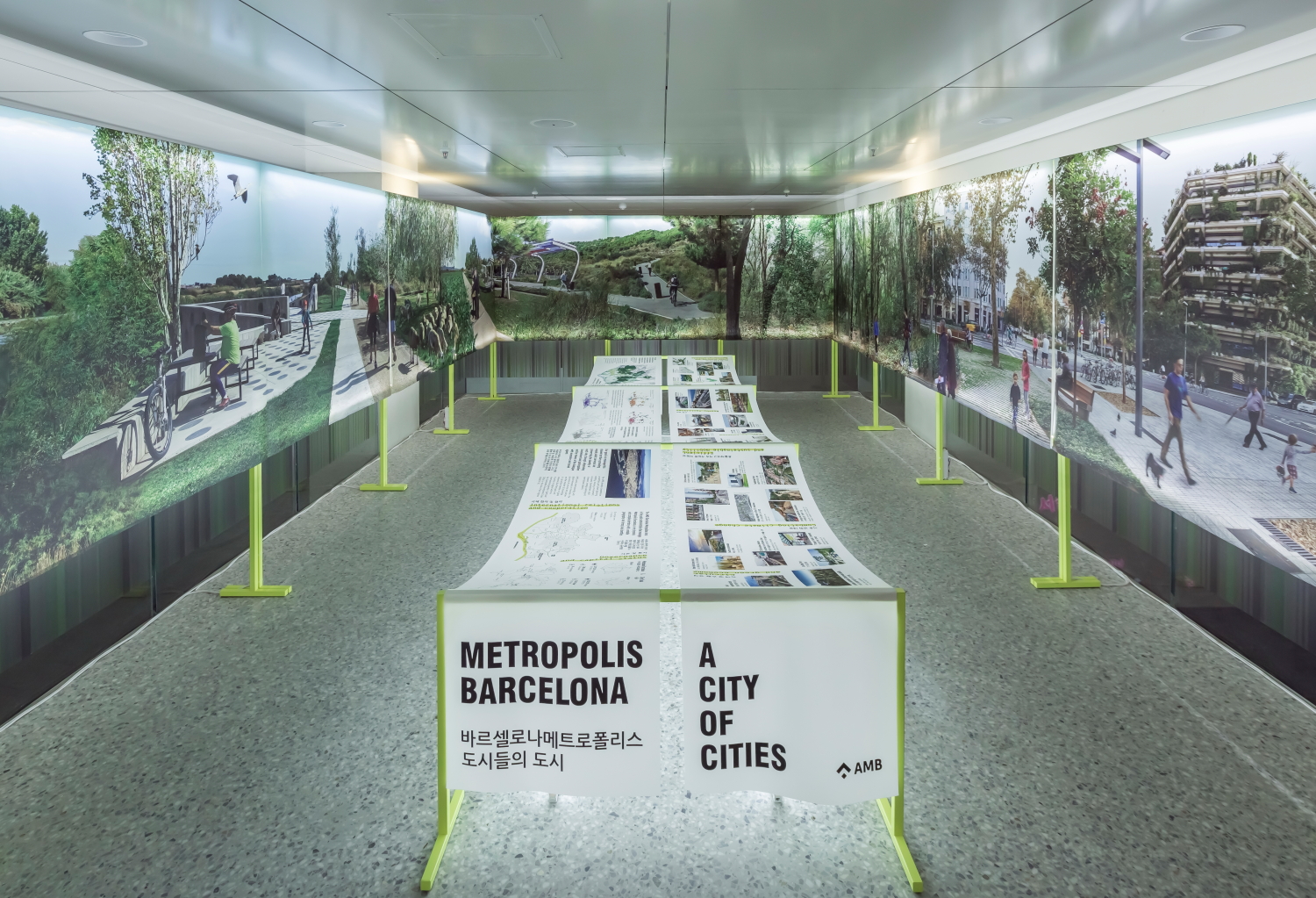
‘Metropolis Barcelona, A City of Cities’ by AMB exhibited at the Seoul Hall of Urbanism & Architecture examines the vertebral role of nature and open spaces and how connecting streets can bring people closer and improve the functioning of the city. Photography: Sergio Pirrone
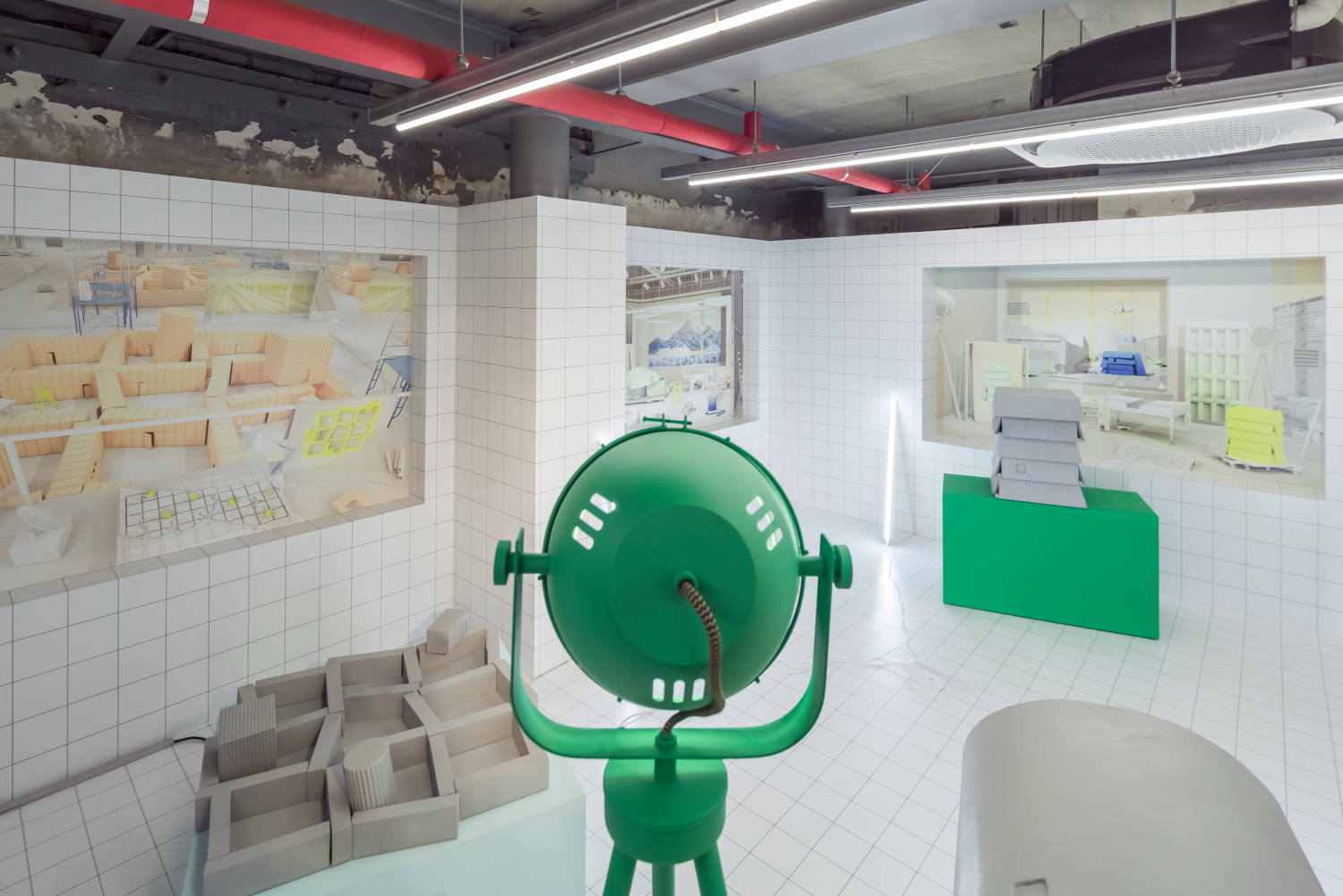
Installation view at the Cities Exhibition held inside Donuimun Museum Village. Photography: Sergio Pirrone
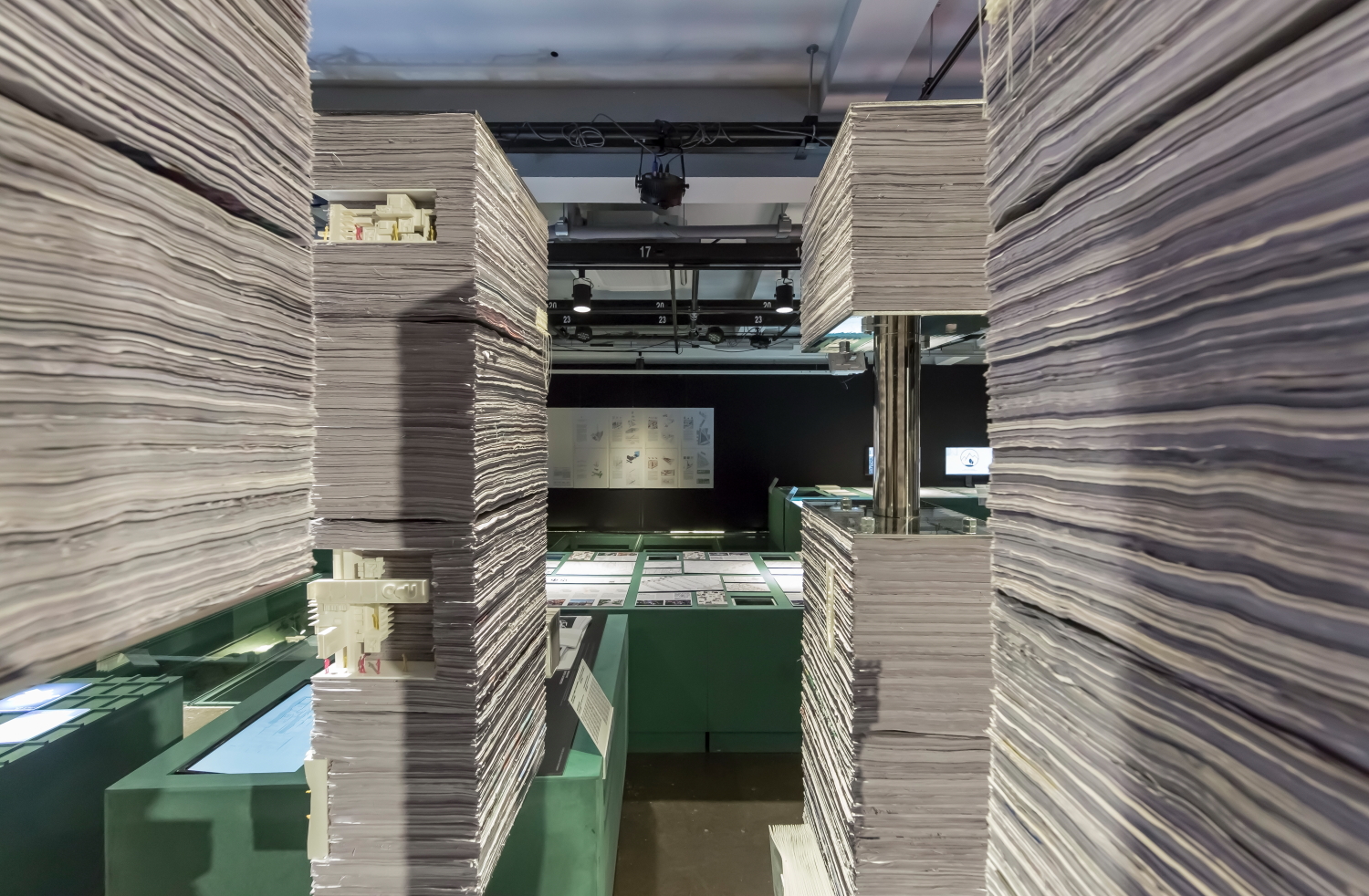
‘Block Mutations: Projective Evolutions of Five Urban Blocks,’ by students at University of Manitoba, Carleton University and University of Toronto, exhibited in the Global Studio section at Sewoon Plaza, examines the theme ‘Collective City’ in the scale of an urban block by collecting spatial and architectural DNA of Seoul and recomposing them into a projective block model. Photography: Sergio Pirrone
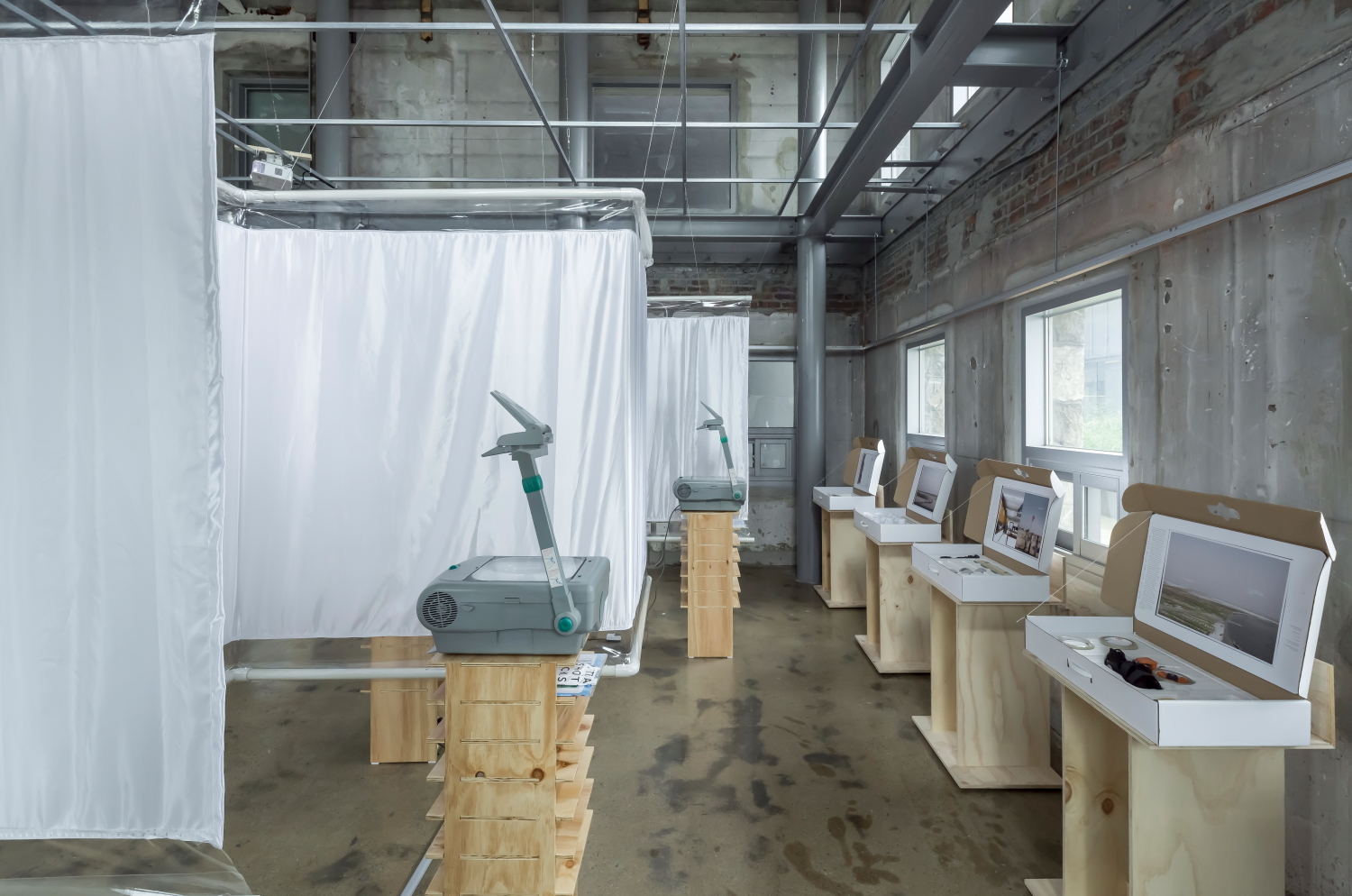
Installation view at the Cities Exhibition held inside Donuimun Museum Village. Photography: Sergio Pirrone
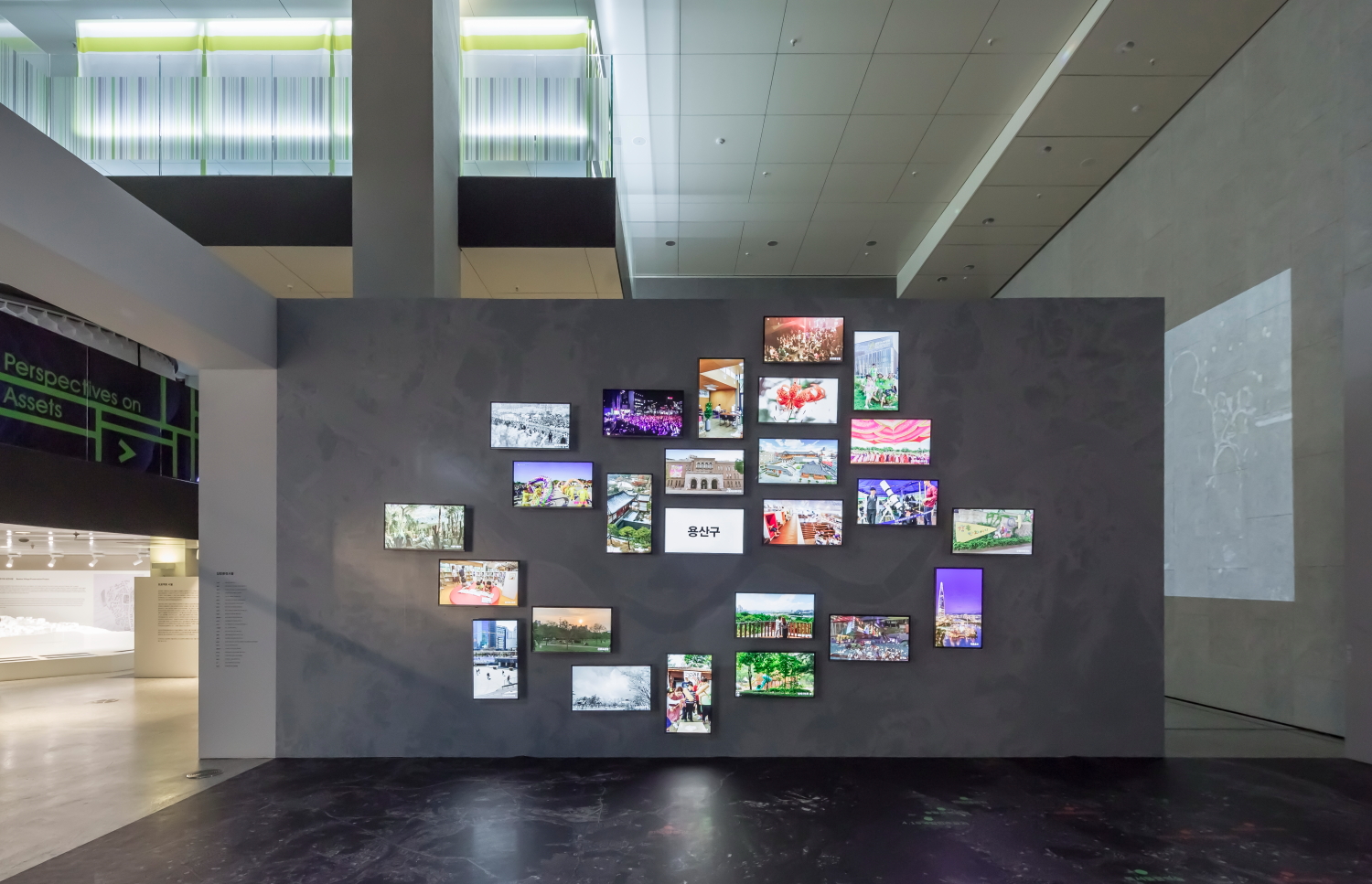
'Collective Cityscape of Seoul' shows landscape images of public spaces of the 25 districts of Seoul displayed on 25 video monitors on a wall at Seoul Madang inside the Seoul Hall of Urbanism & Architecture. Photography: Sergio Pirrone
INFORMATION
Wallpaper* Newsletter
Receive our daily digest of inspiration, escapism and design stories from around the world direct to your inbox.
-
 Marylebone restaurant Nina turns up the volume on Italian dining
Marylebone restaurant Nina turns up the volume on Italian diningAt Nina, don’t expect a view of the Amalfi Coast. Do expect pasta, leopard print and industrial chic
By Sofia de la Cruz
-
 Tour the wonderful homes of ‘Casa Mexicana’, an ode to residential architecture in Mexico
Tour the wonderful homes of ‘Casa Mexicana’, an ode to residential architecture in Mexico‘Casa Mexicana’ is a new book celebrating the country’s residential architecture, highlighting its influence across the world
By Ellie Stathaki
-
 Jonathan Anderson is heading to Dior Men
Jonathan Anderson is heading to Dior MenAfter months of speculation, it has been confirmed this morning that Jonathan Anderson, who left Loewe earlier this year, is the successor to Kim Jones at Dior Men
By Jack Moss
-
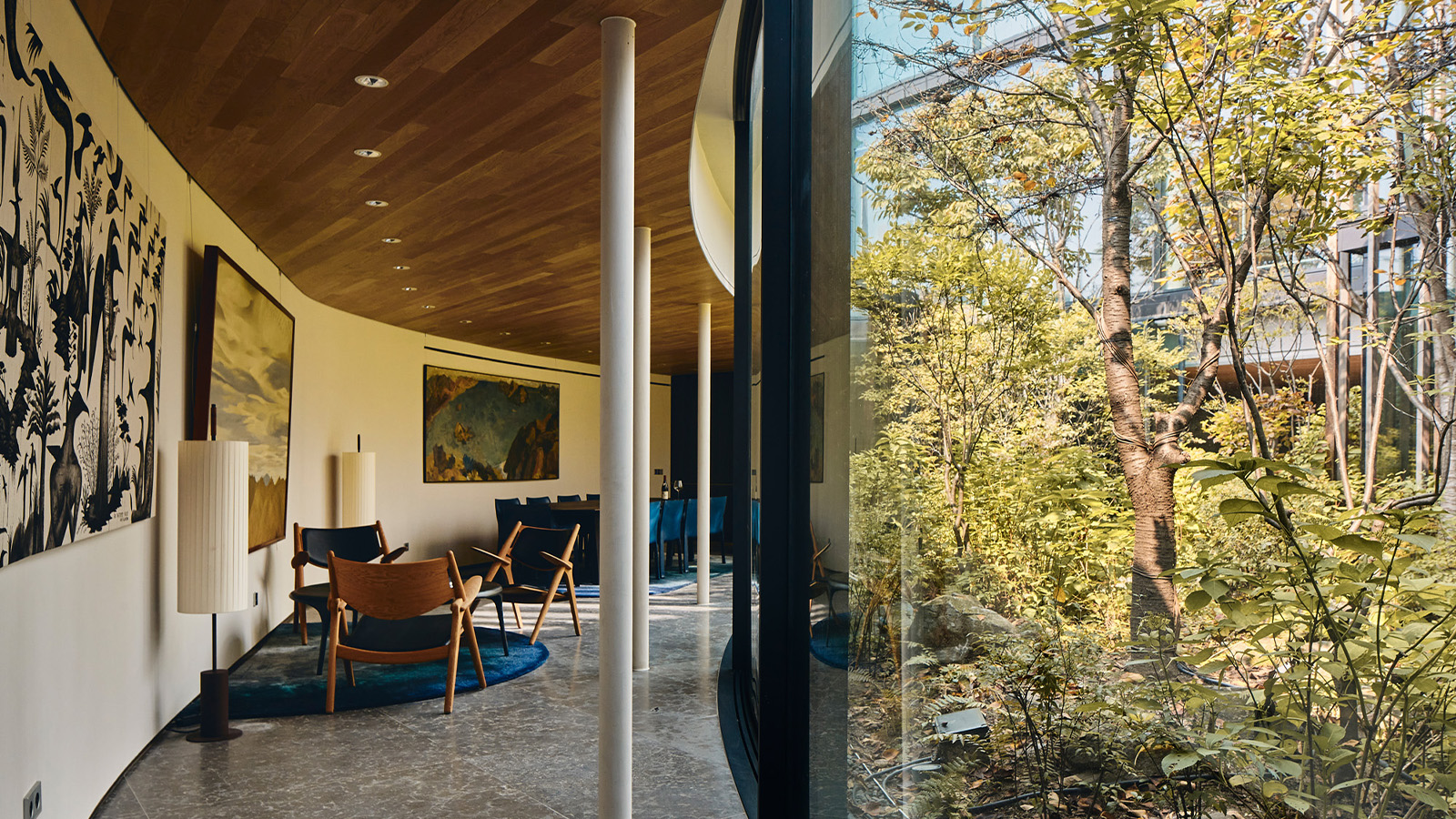 Join our tour of Taikaka House, a slice of New Zealand in Seoul
Join our tour of Taikaka House, a slice of New Zealand in SeoulTaikaka House, meaning ‘heart-wood’ in Māori, is a fin-clad, art-filled sanctuary, designed by Nicholas Burns
By SuhYoung Yun
-
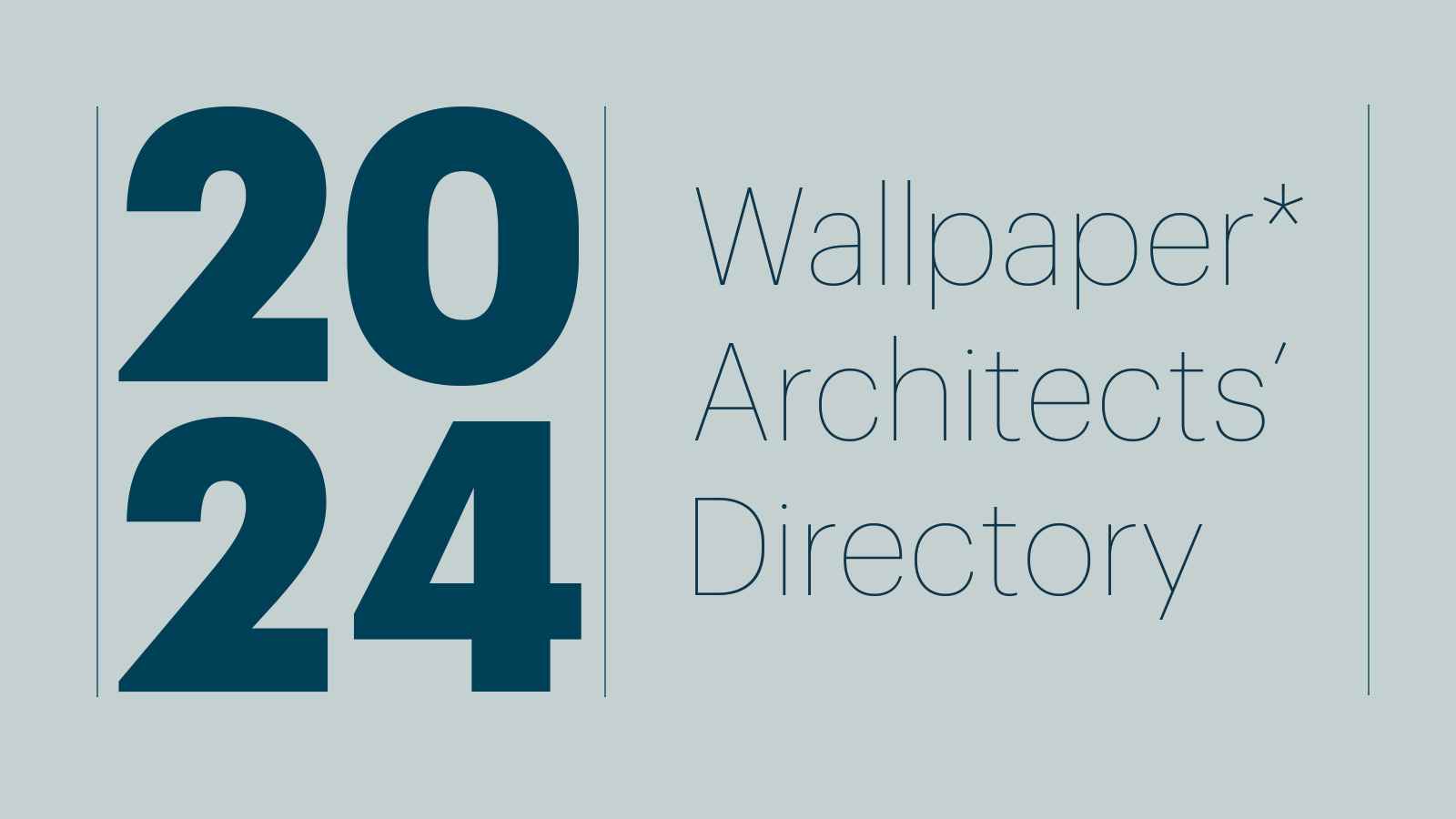 Wallpaper* Architects’ Directory 2024: meet the practices
Wallpaper* Architects’ Directory 2024: meet the practicesIn the Wallpaper* Architects Directory 2024, our latest guide to exciting, emerging practices from around the world, 20 young studios show off their projects and passion
By Ellie Stathaki
-
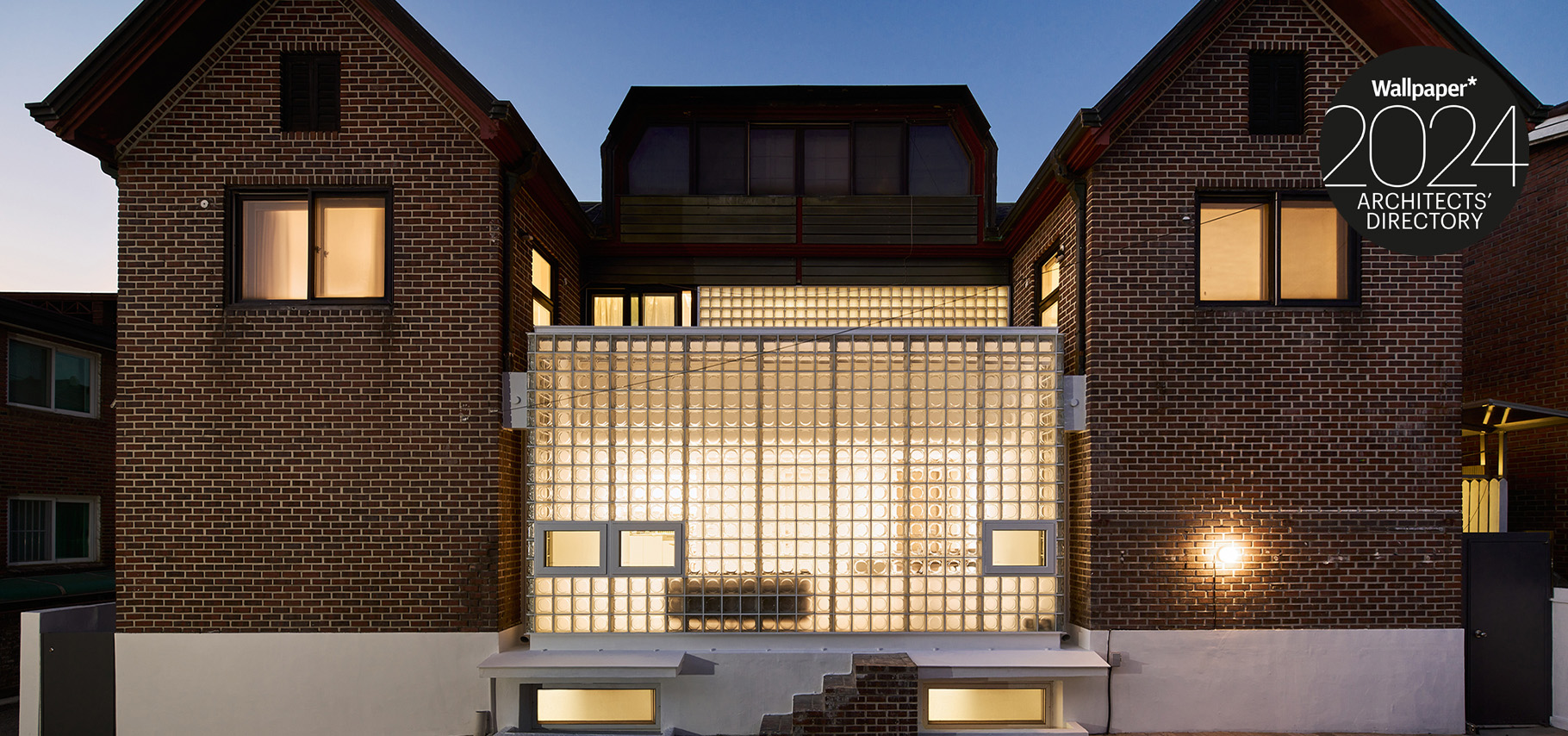 Studio Heech transforms a Seoul home, nodding to Pierre Chareau’s Maison De Verre
Studio Heech transforms a Seoul home, nodding to Pierre Chareau’s Maison De VerreYoung South Korean practice Studio Heech joins the Wallpaper* Architects’ Directory 2024, our annual round-up of exciting emerging architecture studios
By Tianna Williams
-
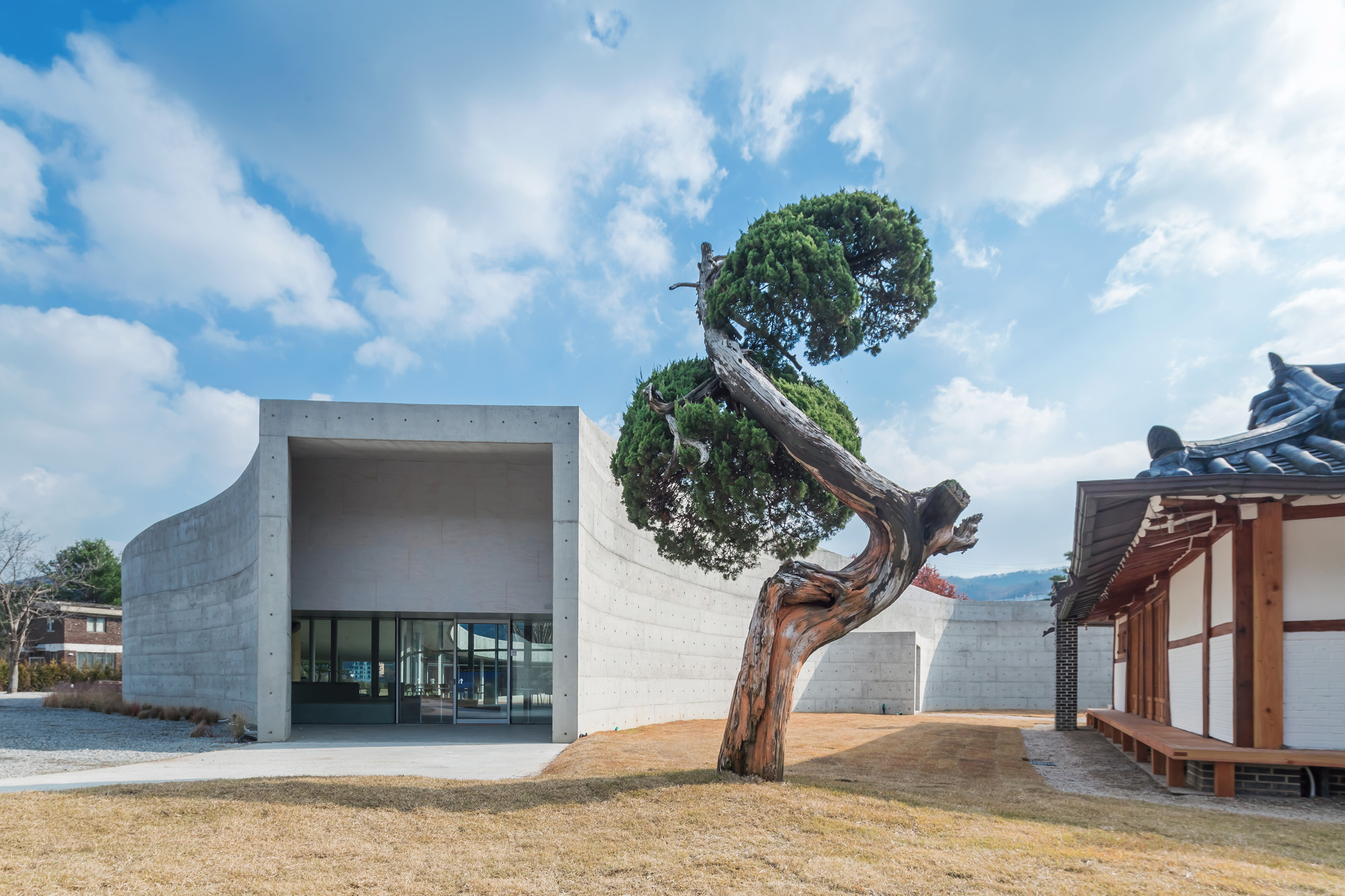 Architect Byoung Cho on nature, imperfection and interconnectedness
Architect Byoung Cho on nature, imperfection and interconnectednessSouth Korean architect Byoung Cho’s characterful projects celebrate the quirks of nature and the interconnectedness of all things
By Ellie Stathaki
-
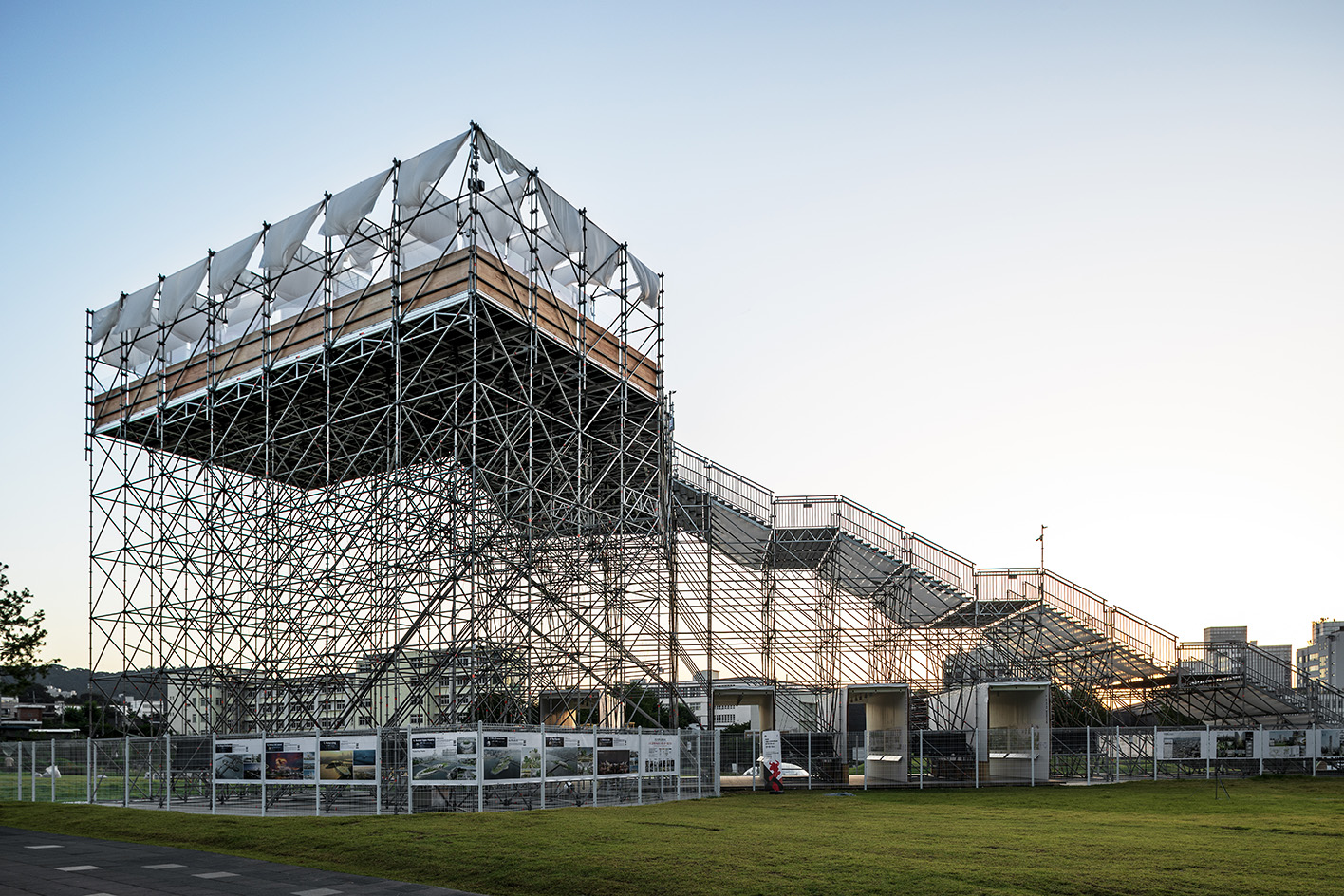 2023 Seoul Biennale of architecture invites visitors to step into the outdoors
2023 Seoul Biennale of architecture invites visitors to step into the outdoorsSeoul Biennale of Architecture and Urbanism 2023 has launched in the South Korean capital, running themes around nature and land through the lens of urbanism
By SuhYoung Yun
-
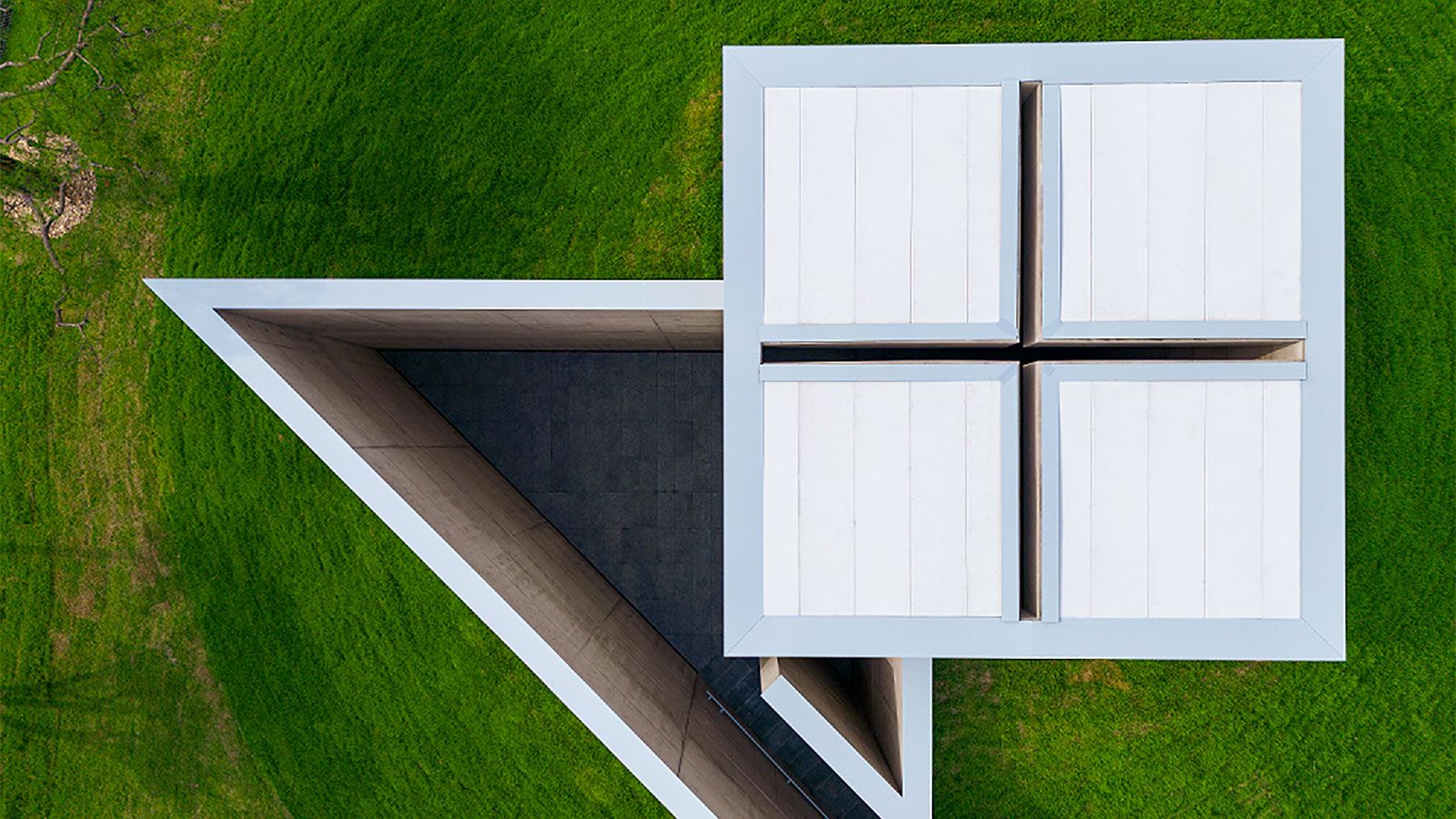 Tadao Ando’s ‘Space of Light’, a meditation pavilion, opens in South Korea
Tadao Ando’s ‘Space of Light’, a meditation pavilion, opens in South KoreaTadao Ando’s ‘Space of Light’ pavilion opens at Museum SAN in South Korea
By SuhYoung Yun
-
 Seosaeng House is a holiday home designed to capture the rising sun
Seosaeng House is a holiday home designed to capture the rising sunSeosaeng House, Studio Weave’s first project in South Korea, is a clifftop holiday home perfectly designed to capture a new day dawning over the East Sea
By SuhYoung Yun
-
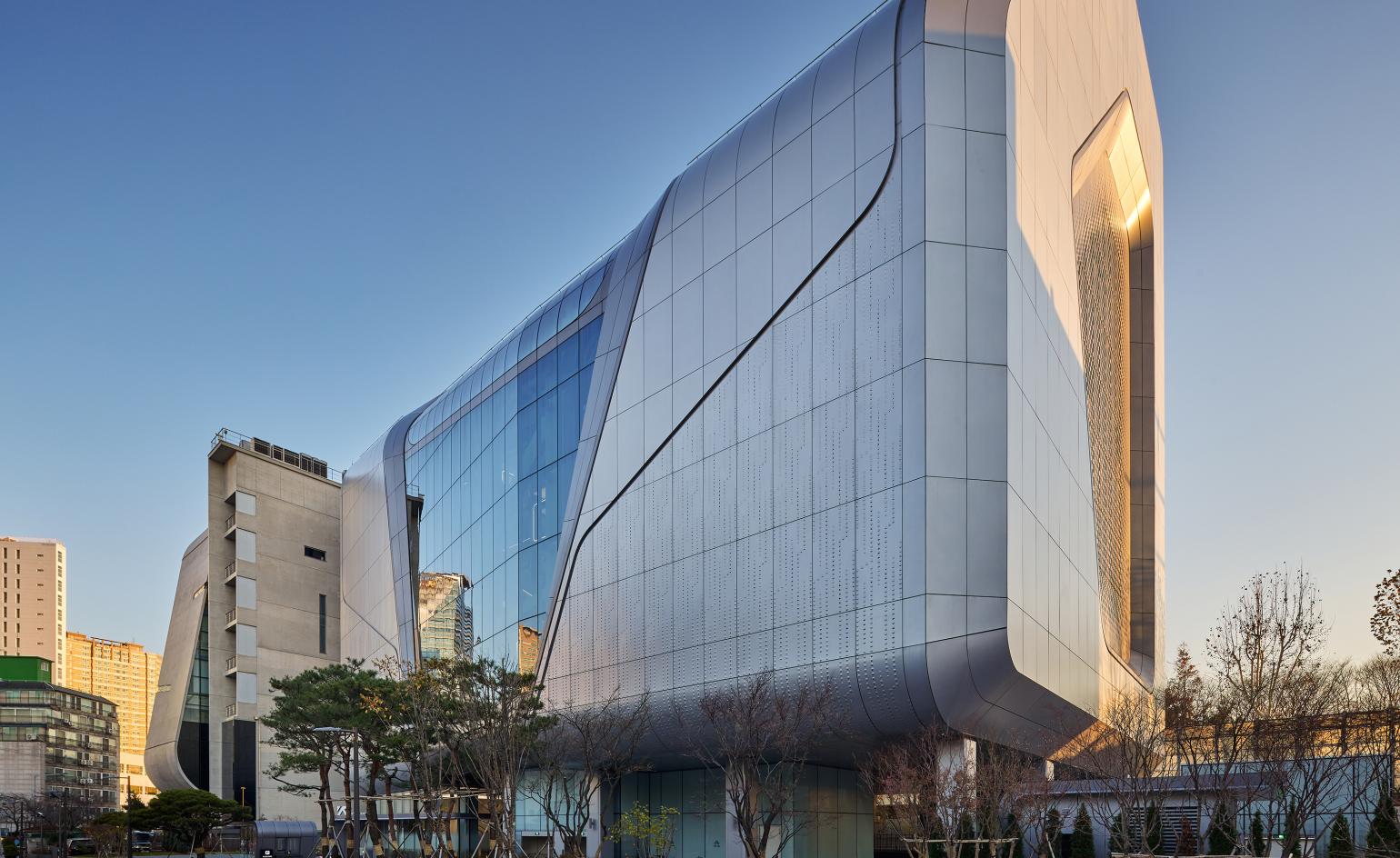 K-Pop hit factory gets a futuristic new office in Seoul
K-Pop hit factory gets a futuristic new office in SeoulUNStudio completes headquarters building for leaders in K-Pop scene YG Entertainment, in Seoul
By Ellie Stathaki